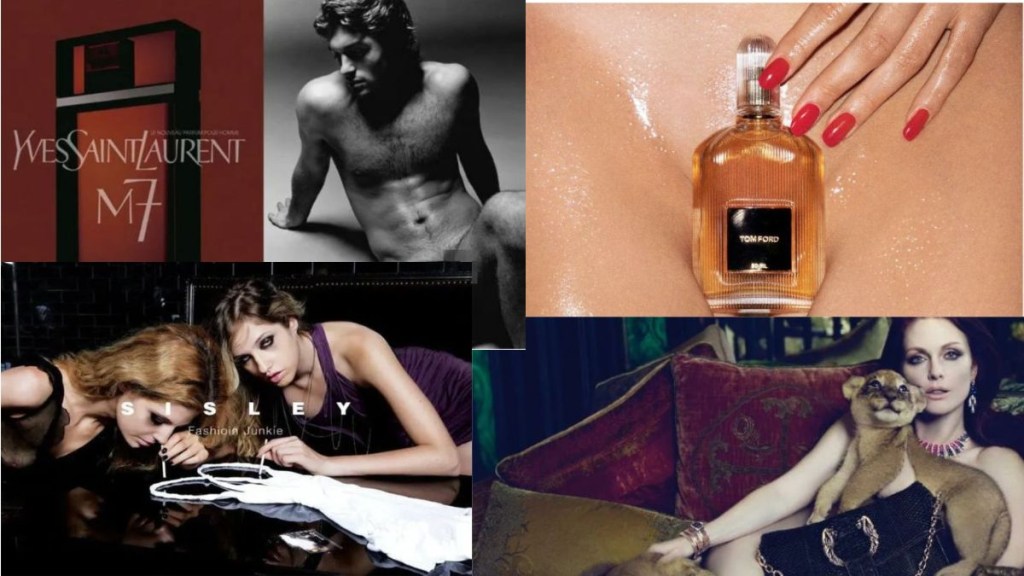Spanish fashion brand Balenciaga’s ads featuring children have led to public outcry, so much so that the brand apologised on social media. Interestingly, this is not the first time. Over the years luxury and premium fashion brands have encountered their fair share of controversies. For example, Ford and Richardson teamed up in 2007 for a risqué fragrance ad. The campaign at the time pictured a shimmering woman touching the spray nozzle of a perfume bottle. The bottle was strategically placed over her crotch to cover the vanity. The ad mentioned drew a lot of spark, especially on the way the brand had commoditised a woman’s vagina.
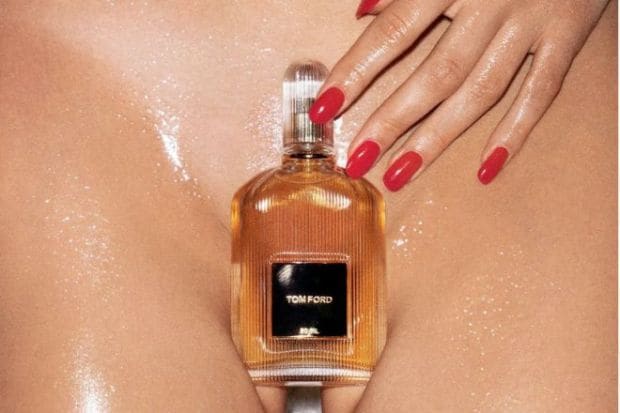
Returning to Balenciaga’s recent ad to give a perspective – in one of the ads a child model can be seen holding a bondage/BDSM teddy bear. It featured a Supreme Court decision on child pornography and a book about Belgian artist Michaël Borremans. On the back of the strong criticism, the brand issued a statement condemning child abuse and it never intended to include it in the story-telling.
One of the issues that seem to have cropped up from time-to-time is the need to push creative boundaries. Many could say that, ‘no press is bad press’, as it does leave an impact and draw everyone’s attention, so who cares, if it’s bad? In 2017, Eckhaus Latta’s Spring/Summer campaign was yet another example of pushing the envelope on creativity. Released in 2017, the ad showed couples in real-time, engaging in physical intimacy. The campaign, which was shot with soft lighting besides being pixelated, strategically left viewers with a feeling of watching pornographic content rather than being sensual.

Parisian brand Sisley’s much controversial campaign called, ‘fashion junke’ was banned in a short span of time post its roll-out in 2007. The brand fed on the idea of ‘high on life’ and showed models snorting air. The ad glamourised drug abuse which has been an area of concern for a long time in the fashion industry. No wonder, shutters were pulled on it in a swift move. While it is understandable that fashion is supposed to make one feel good or better about themselves, and in certain cases, sexy too, brands often forget that there are real people involved who wear these clothes. Hence, ads often end up objectifying rather than sensualising.
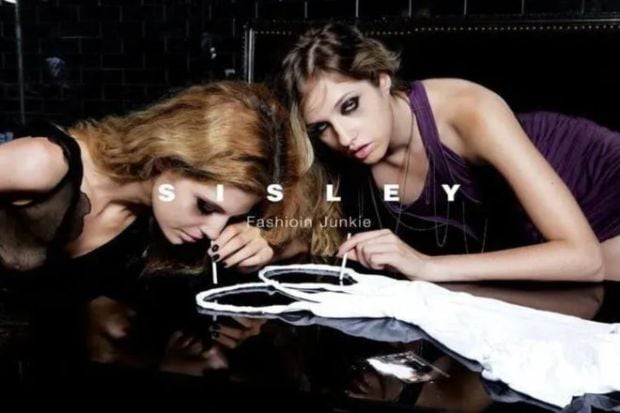
And then, not all campaigns are outright bad, but at times, they also fall prey to subjective notions. Case in point, actor Julianne Moore’s 2011 Bulgari campaign. It featured the nude actor who was covered with a purse and two lion cubs. It caused so much outrage that it was not allowed to be released on billboards in Venice. At the time, Mario Folin, president of the Venice Foundation Mario Folin said, “We cannot accept these Hollywood-style images. We need to come up with advertising that suits Venice, not Times Square.” The brand swiftly changed to a different picture with a fully clothed Moore on the billboard.
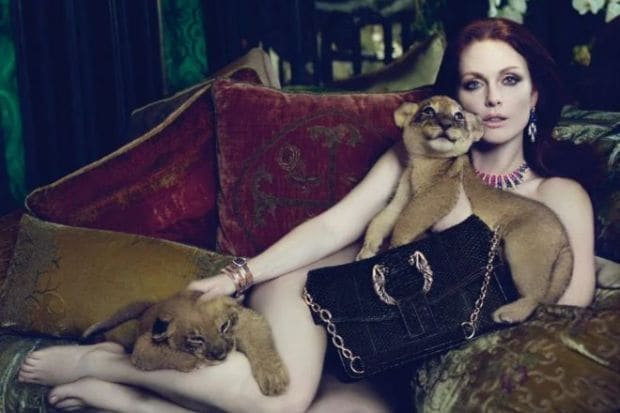
Yet another not so ‘raunchy’ ad was released by the luxury brand Yves Saint Laurent in 2002. The ad showcased male nudity. Samuel de Cubber posed in a manner which was reminiscent of a 1971 nude shot of Saint Laurent. The ad, which was directed by Tom Ford, ran the line ‘Perfume is worn on the skin’.
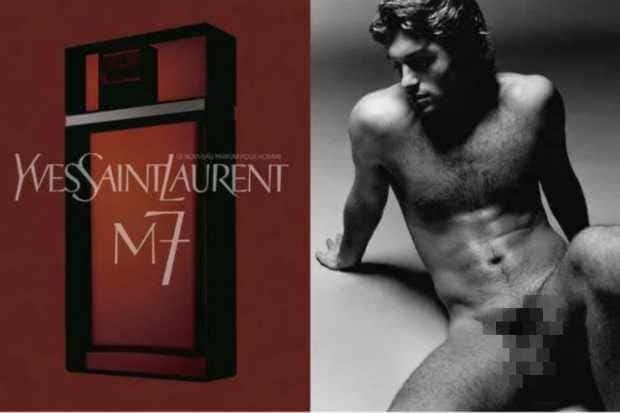
And the list goes on, but one thing is for sure. The fashion world perceives situations and issues differently from the rest of us. Maybe its time to blink!

